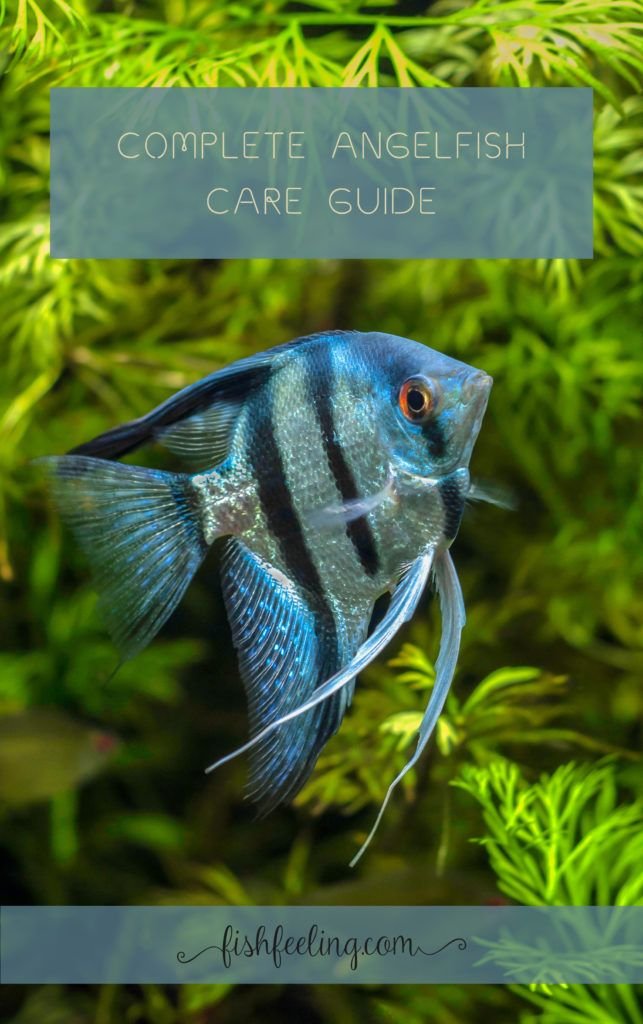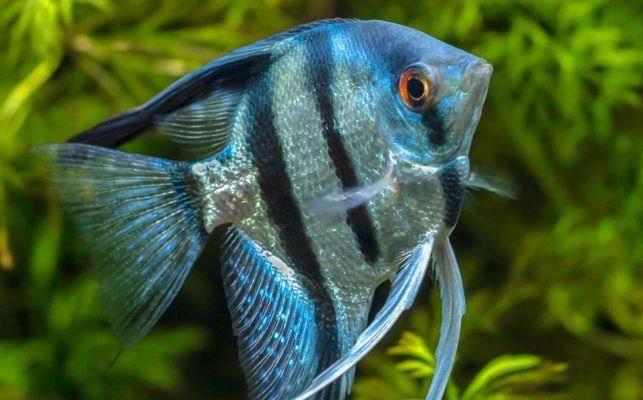
Angelfish are among the most popular freshwater fish, known for their vibrant colors and graceful fins. They’re not just beautiful to look at; they also have quite the personality! Caring for these fish requires a bit of knowledge about their environment, diet, and social needs. Think of it like hosting a dinner party—if you want everything to go smoothly, you need to prepare in advance. So, let’s dive into the basics—no pun intended!
Understanding Angelfish Behavior
Angelfish are interesting creatures. They have unique personalities and can be quite social when it comes to their tank mates. You might notice one fish being more dominant and establishing its territory, almost like it’s claiming a favorite spot on the couch. This behavior is normal, but it’s important to ensure that it doesn’t lead to aggression.
Angelfish are generally peaceful fish, but they can get territorial, especially during breeding. If you see one angelfish chasing another around the tank, don’t panic—this is often part of establishing a hierarchy. However, if you notice persistent bullying, it might be time to rearrange the tank or consider separating them. Providing plenty of hiding spots, such as plants or decorations, can help reduce stress and give them a sense of security.
Another cool aspect of angelfish is their communication. They use body language to express feelings. For instance, when angelfish lift their fins and arch their bodies, they’re showing off, much like when we pull out our best dance moves at a party! Being attentive to these signals can help you understand their mood and maintain a peaceful environment.
Setting Up the Perfect Aquarium
Creating the ideal home for your angelfish is crucial to their well-being. You’ll need a tank that’s at least 20 gallons—think of it as giving them ample space to swim and play. It’s tempting to go smaller, but remember: angelfish can grow quite large, around 6 inches tall and 8 inches long!
When setting up the tank, consider using a soft substrate like sand or fine gravel. Not only is it gentle on their bodies, but it also creates a more natural environment. Plus, it’s easier to clean! Planting live plants can also be beneficial. They provide hiding places and improve water quality.
Water quality is another key element. Make sure to keep the water temperature between 76°F and 82°F, and maintain a pH level between 6.5 and 7.5. Regular water changes (about 25% every two weeks) will help keep the tank clean and the fish happy. Using a good filter will also help, keeping the water clear and reducing harmful toxins.
Feeding Your Angelfish
Feeding angelfish is a fun part of their care routine. They’re omnivores, which means they’ll eat a variety of foods. Think of it like mixing a salad with some protein on the side. You can feed them high-quality flakes or pellets designed for angelfish, as well as freeze-dried or frozen foods like brine shrimp and bloodworms.
It’s important to avoid overfeeding. A good rule of thumb is to provide them with as much food as they can consume in 2-3 minutes. If you find leftover food at the bottom of the tank, you might need to cut back a bit. Overfeeding can lead to water quality issues and health problems.
Another tip? Vary their diet! Offering different types of food not only keeps them interested but also ensures they get the nutrients they need. Think of it as a balanced meal for us—variety is key!
Keeping the Tank Clean
Cleaning your aquarium is essential for maintaining a healthy environment for your angelfish. Regular maintenance helps prevent algae buildup and keeps harmful bacteria at bay. You might wonder how often you should clean; a good routine is to check the tank weekly.
Start by testing the water—this helps you gauge ammonia, nitrite, and nitrate levels. If anything seems off, you may need to do a partial water change. When cleaning the tank, gently vacuum the substrate to pick up any debris while being careful not to disrupt the fish too much.
Don’t forget to clean the filter! Depending on the type, you might need to rinse or replace the filter media. A good practice is to clean about one-third of the filter media every month to maintain beneficial bacteria that help break down waste.
Monitoring Health and Behavior
Just like we pay attention to our health, it’s important to keep an eye on the well-being of your angelfish. Healthy angelfish are active and social, so if you notice one hiding or not eating, it may be a sign that something’s wrong.
Look for common signs of illness, such as clamped fins, discoloration, or unusual swimming patterns. If you notice these issues, it’s time to act! Isolate the sick fish and consider a treatment plan, which might include adjusting water conditions or medication from your local pet store.
Stress is another factor to watch for. It can be caused by sudden changes in water conditions, overcrowding, or aggressive tank mates. To help reduce stress, ensure the tank is well-decorated with hiding spots and adjust any harsh lighting. Remember, happy fish are healthy fish!
Choosing Tank Mates
Finding the right tank mates for your angelfish can be a bit of an adventure. Not all fish play well together, and it’s crucial to select companions that won’t stress or bully your angelfish. You might want to avoid small fish, as angelfish have a tendency to see them as snacks.
Some great tank mates include:
- Tetras: They’re peaceful and enjoy swimming in schools.
- Corydoras catfish: They help clean the bottom and won’t bother the angelfish.
- Gouramis: These fish are generally peaceful and can coexist well.
- Rainbowfish: They add a splash of color and are friendly.
Always introduce new fish gradually. It’s a good idea to observe how they interact and make sure your angelfish doesn’t feel threatened. Ideally, you want to create a harmonious community where all fish can thrive.
Understanding Breeding Angelfish
If you’re feeling adventurous and want to breed angelfish, there are a few things to know. First, breeding requires a separate tank to increase their chances of success and ensure the safety of fry (baby fish). You might find that angelfish form pairs that become very protective of their eggs.
The breeding process usually involves a lot of courtship behavior. The male will perform dances to attract the female, often displaying vibrant colors. Once they’re ready, they’ll lay eggs on flat surfaces like leaves or even the aquarium glass.
After the eggs have been laid, they take about 48 hours to hatch. The tiny fry will be free-swimming a few days after that. At this stage, feeding them fine powdered foods or specially designed fry food is essential for their growth.
Breeding can be exciting, but it also requires a lot of work. Make sure you’re prepared for the responsibility!
In closing, caring for angelfish in a freshwater aquarium can be an enjoyable and rewarding experience. By understanding their needs, providing a suitable environment, and monitoring their health, you can create a beautiful aquatic world that enhances your living space. So, grab a cup of coffee (or tea), settle in, and enjoy the lovely company of your angelfish!

